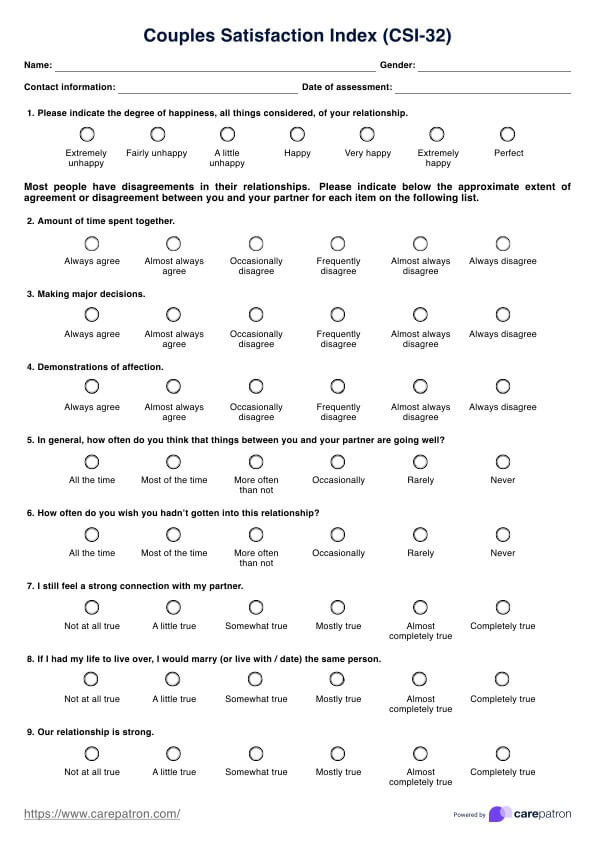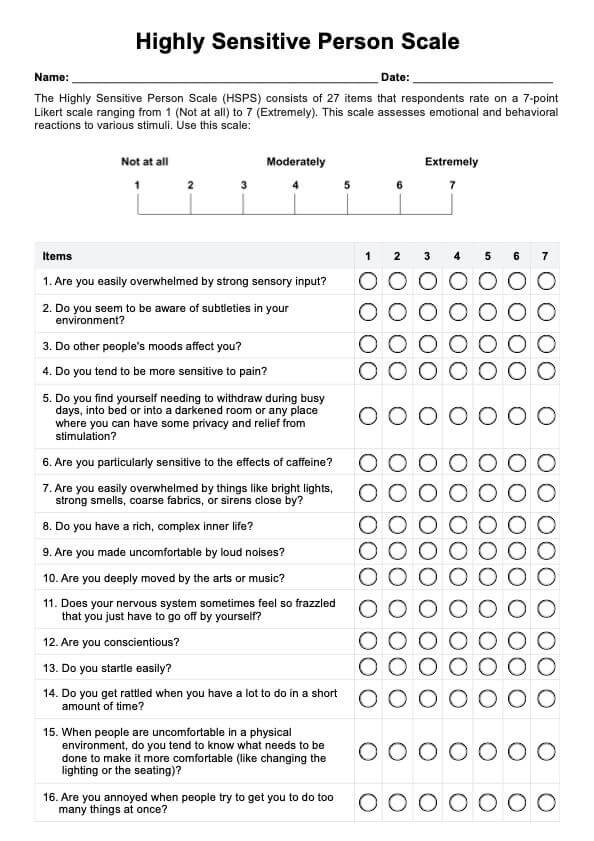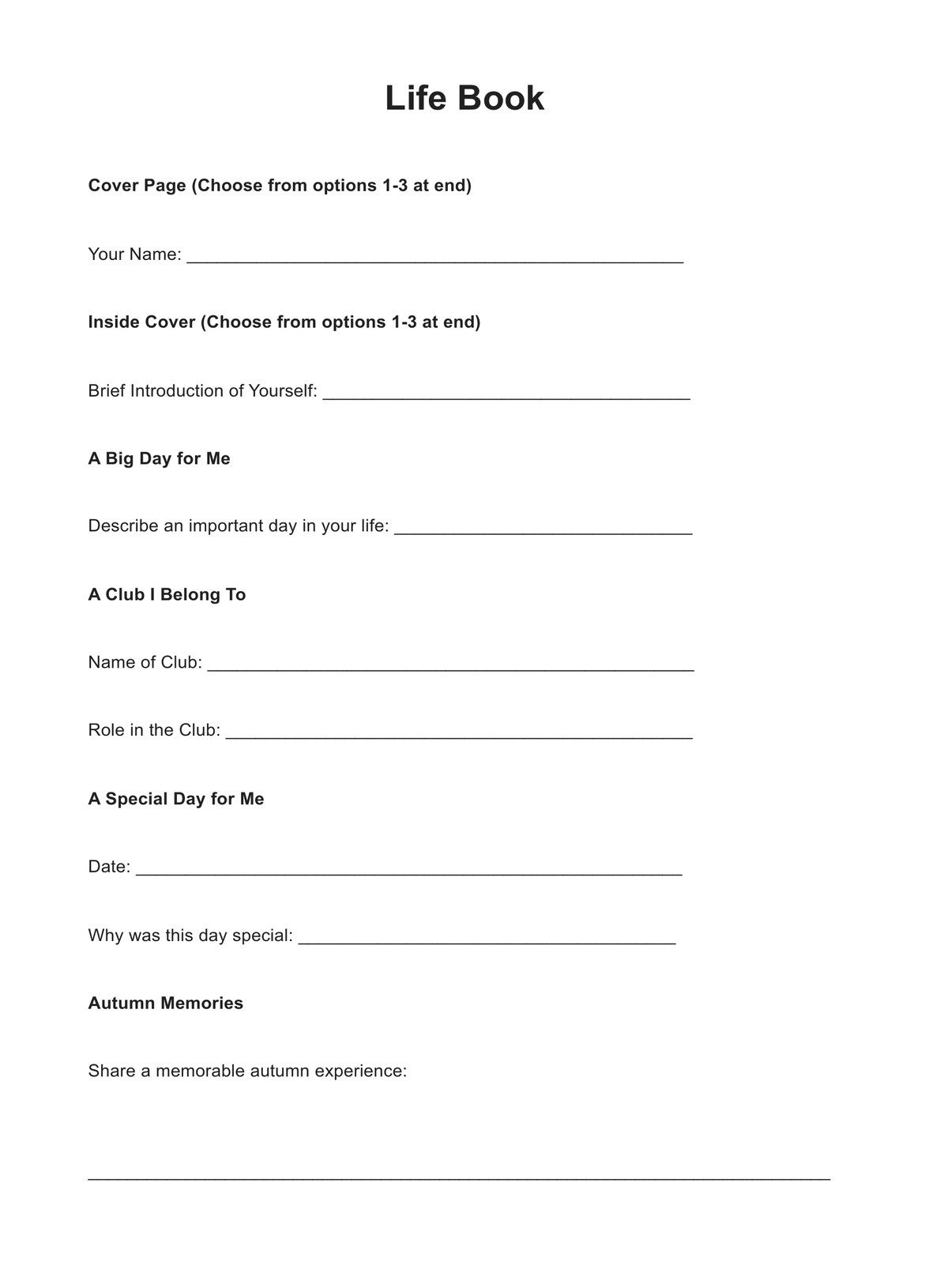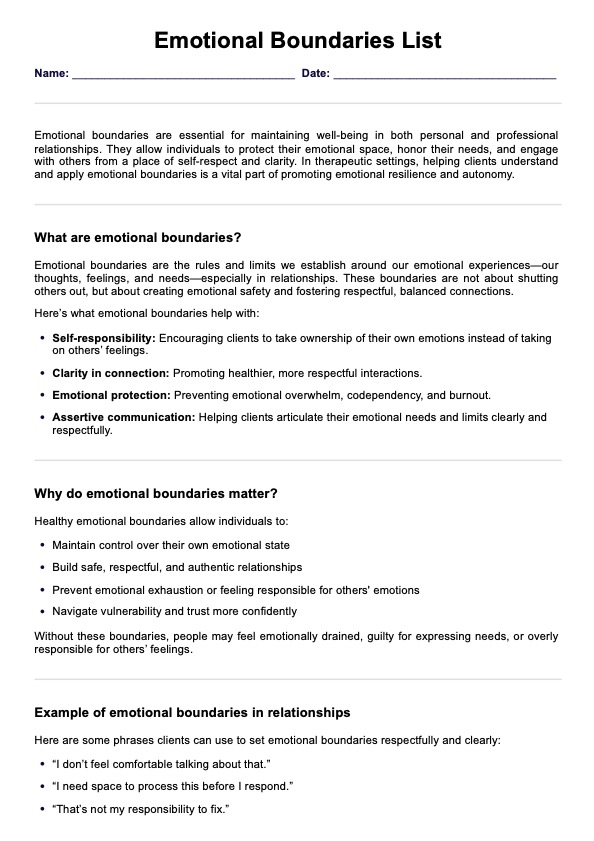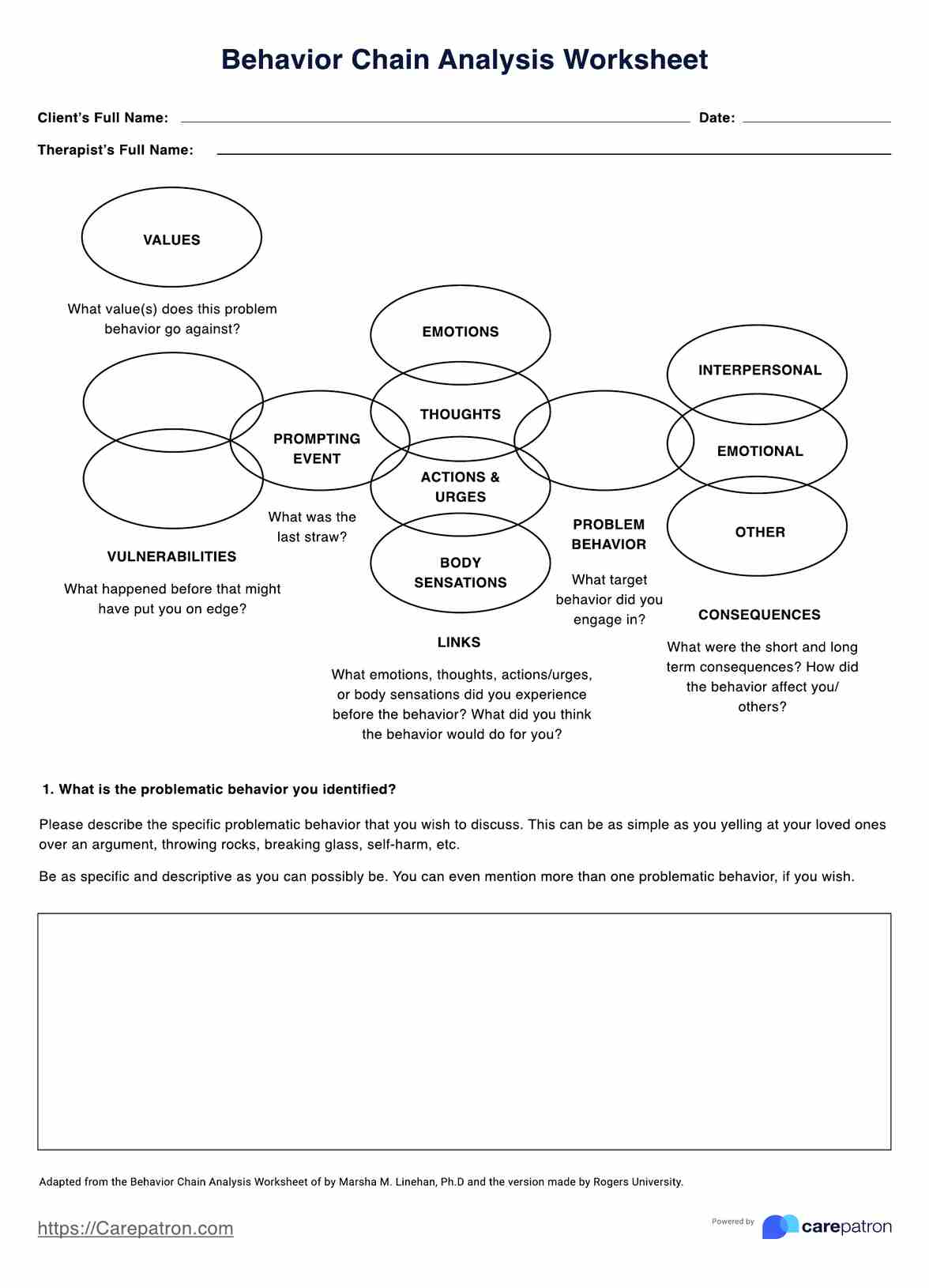Phobia Test
Unsure if you have a phobia? Take our phobia test to determine the level of fear and anxiety you may be experiencing. Quick, easy, and free.


What Is a Phobia Test?
If you are experiencing overwhelming fear or anxiety about a particular situation, you might be dealing with a phobia. But how can you be sure? That's where a comes in handy.
A phobia test is designed to help you identify whether you have a phobia and the severity of your symptoms. It consists of questions or statements assessing your fear and anxiety related to specific situations or objects. Some tests might also include questions about the physical symptoms you experience when facing your fears, such as sweating, trembling, or difficulty breathing.
A phobia test can be an essential first step in identifying and addressing your phobia. By providing a clear picture of your symptoms, a phobia test can help you understand the nature and severity of your condition and guide you toward appropriate treatment options. It's important to note that a phobia test is not a substitute for professional diagnosis or treatment. Still, it can be a valuable tool for initiating a conversation with your healthcare provider about your concerns.
If you suspect you might have a phobia or have been diagnosed with one in the past, taking a phobia test can provide valuable insights into your symptoms and help you move forward in your journey to healing. Carepatron offers a free, easy-to-use online phobia test to help you determine your phobia and guide you toward appropriate treatment options.
Phobia Test Template
Phobia Test Example
How Does This Phobia Test Work?
Understanding how to conduct a phobia screening test is crucial for healthcare professionals and mental health practitioners to assess patients' anxiety and fear levels related to specific situations or objects. Below are the steps to administer the phobia screening test:
Step 1: Patient Information
Collect the patient's personal information, including full name, date of birth, gender, contact number, email address, emergency contact name and number, and their relationship to the patient.
Step 2: Phobia Screening Test
The phobia screening test includes a list of 26 different situations or objects that may cause fear or anxiety. Each item has a rating scale of 0 (not at all) to 3 (severe), indicating the level of fear or anxiety the patient experiences in each situation.
Step 3: Instruct the Patient
Instruct the patient to rate their fear or anxiety level for each situation or object in the rating scale provided.
Step 4: Interpretation
Once the patient completes the screening test, total the scores for each phobia, ranging from 0 to 3. Higher scores indicate more severe levels of fear or anxiety. Interpret individual scores while considering the patient's personal experiences, culture, and other factors influencing their response to each situation.
Step 5: Review Scores
Scores of 0 to 1 indicate mild fear or anxiety, 1 to 2 show moderate fear or anxiety, and 2 to 3 indicate severe fear or anxiety. A score of 3 in any category suggests a significant phobia that may require treatment.
Using this step-by-step guide, healthcare professionals and mental health practitioners can easily administer the phobia screening test to assess their patient's anxiety levels related to specific situations or objects.
Scoring
To score the Phobia Screening Test, add the scores for each phobia listed on the assessment. The scores for each item range from 0 to 3, with higher scores indicating greater levels of fear or anxiety. For example, a score of 0 means the patient experiences no fear or anxiety, while a score of 3 indicates severe fear or anxiety.
After adding up the scores, interpret the results based on the total scores for each phobia. Scores of 0 to 1 indicate mild fear or anxiety, 1 to 2 show moderate fear or anxiety, and 2 to 3 indicate severe fear or anxiety. A score of 3 in any category suggests a significant phobia that may require treatment.
It's essential to remember that individual scores should be interpreted in the context of the patient's personal experience, culture, and other factors that may influence their response to each situation. The results should not be used as a diagnosis but as a screening tool to identify potential areas for further evaluation and treatment. A qualified healthcare provider should always interpret and diagnose any possible phobias.
When To Use This Phobia Assessment?
The Phobia Screening Test is a valuable resource used in various situations. Here are some instances where this assessment might be appropriate:
- In clinical settings: Mental health professionals can use this screening tool to identify whether a patient has any significant phobias that may require further evaluation and treatment.
- In research: Researchers can use this screening tool to collect data on the prevalence and severity of phobias in a population, contributing to a better understanding of the condition.
- In schools: School counselors can use this screening tool to identify students with a significant phobia that could impact their academic performance or social interactions.
- In occupational settings: Employers can use this screening tool as part of a pre-employment assessment to determine whether a job candidate has any significant phobias that could affect their job performance or safety.
- In self-assessment: Individuals who suspect they may have a phobia can use this screening tool as a starting point for self-evaluation and to determine whether they may benefit from seeking professional help.
The Phobia Screening Test can be a valuable tool for anyone looking to identify and assess the presence of phobias. It is important to note that this assessment is not intended to diagnose a phobia but rather to identify the presence and severity of fear or anxiety in certain situations. If a significant phobia is suspected, seeking further evaluation and treatment from a qualified mental health professional is essential.
Who Is This Phobia Test PDF For?
The Phobia Test PDF is valuable for healthcare practitioners and mental health professionals who assess and treat phobias. Here are some specific groups that may benefit from using this resource:
- Mental Health Professionals: Mental health professionals, including psychiatrists, psychologists, and therapists, can use this tool to screen patients for phobias and assess the severity of their symptoms. It can be a valuable resource for tracking symptom changes during the initial evaluation or ongoing treatment.
- Primary Care Providers: Primary care providers, including family physicians and pediatricians, can also use this resource to screen patients for phobias during routine health visits. Early detection of phobias can lead to timely referrals for treatment and better patient outcomes.
- School Counselors: School counselors can use this tool to identify students experiencing phobias impacting their academic and social functioning. This can help counselors provide appropriate support and referrals to outside resources.
- Employee Assistance Programs (EAPs): EAPs can use this tool to screen employees for phobias impacting their work performance or causing distress. It can be a helpful resource for employees as part of their wellness benefits.
- Researchers: Researchers can use this tool to screen participants in studies related to phobias or anxiety disorders. The standardized rating scale and interpretation can provide consistent data that can be used to evaluate the efficacy of interventions.
The Phobia Test PDF is a valuable resource for anyone who works with individuals who may be experiencing phobias. It can help healthcare professionals, educators, and researchers accurately assess phobic symptoms and identify individuals who may benefit from further evaluation or treatment.

Benefits of Free Phobia Test
Saves Time and Resources
Using our free phobia test saves time and resources that would have been spent creating a new assessment tool from scratch.
Improves Patient Assessment
The phobia test provides a comprehensive assessment of the patient's level of fear or anxiety in various situations, helping practitioners better understand their patient's condition.
Customizable
Our customizable phobia test allows practitioners to add or remove phobias or adjust the rating scale to suit their needs.
Early Detection and Intervention
The test can help practitioners detect phobias early, allowing for timely intervention and treatment—preventing the phobia from becoming more severe.
Easy to Use
The test is easy to use and can be administered by practitioners in various settings, including hospitals, clinics, and private practices.
Cost-Effective
Our free phobia test is cost-effective, especially for practitioners with limited resources or those working in low-income communities who may not have access to expensive assessment tools.
Commonly asked questions
A fear is a normal reaction to a perceived threat or danger. On the other hand, a phobia is an irrational, intense, and persistent fear of a specific situation or object that poses little to no actual danger.
The screening test typically takes 10 to 15 minutes, depending on the individual's response time.
No, the phobia screening test is not a diagnostic tool but a screening tool that can help determine if an individual experiences a level of fear or anxiety that may require further evaluation by a qualified mental health professional.


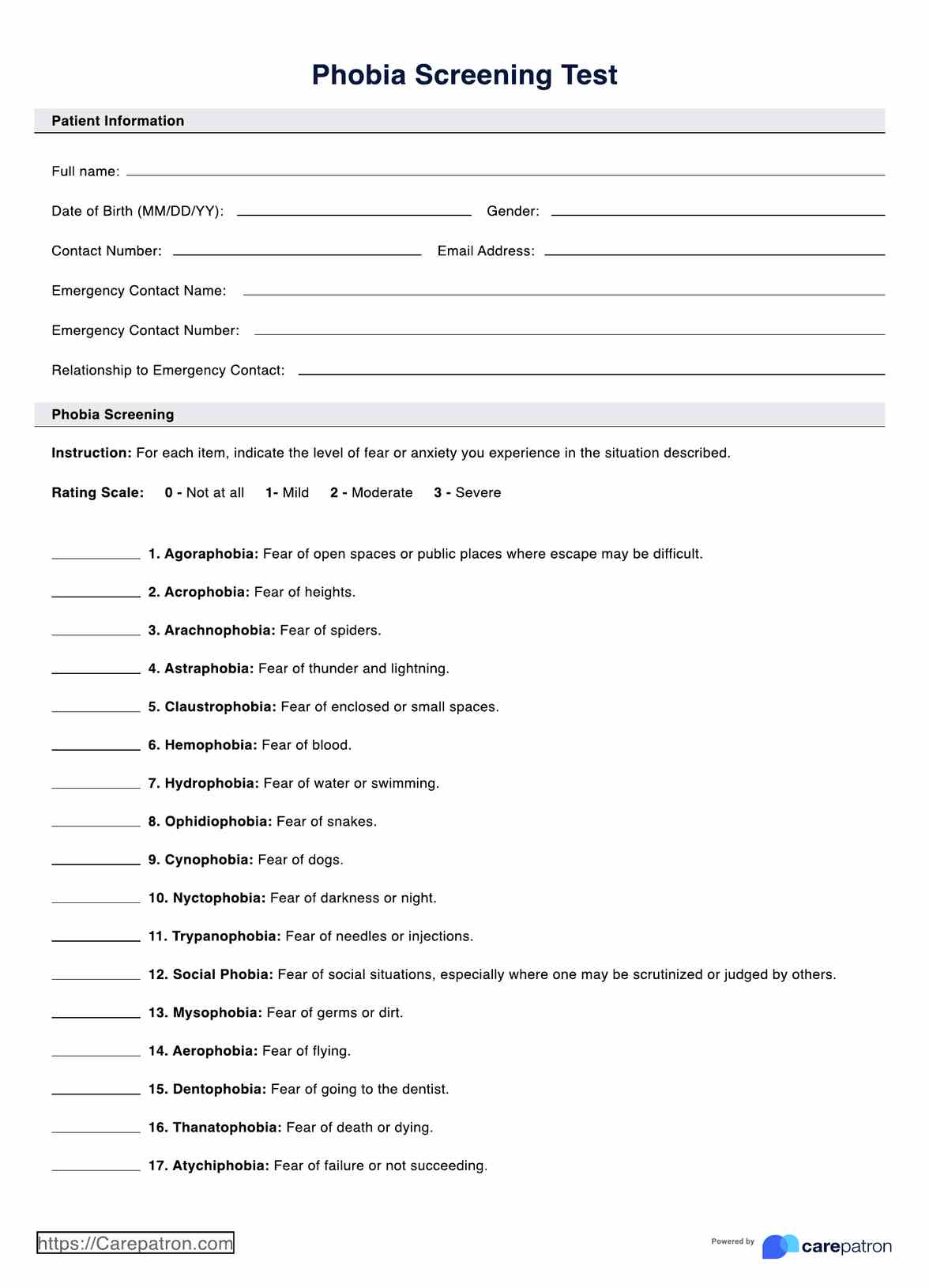
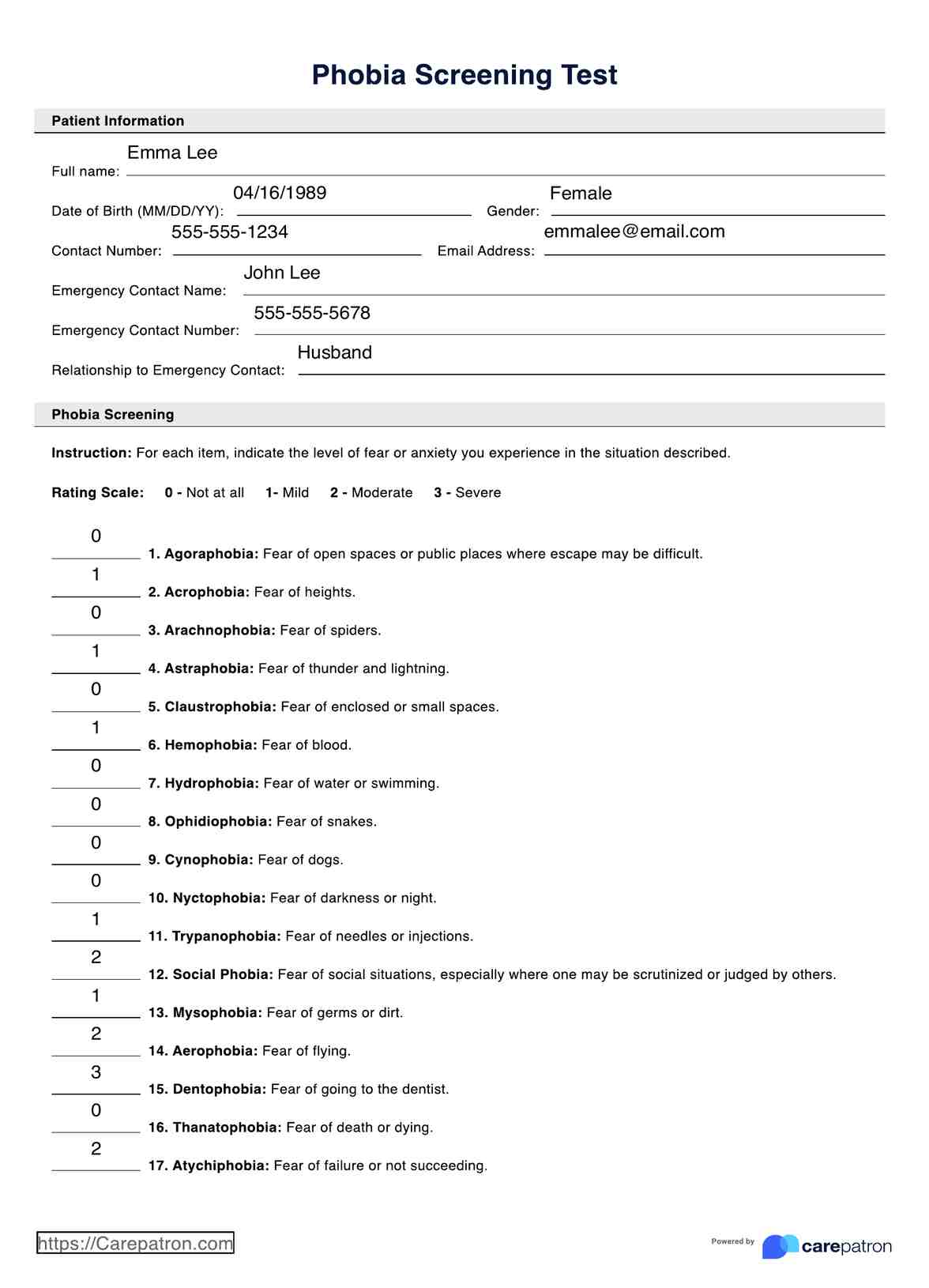

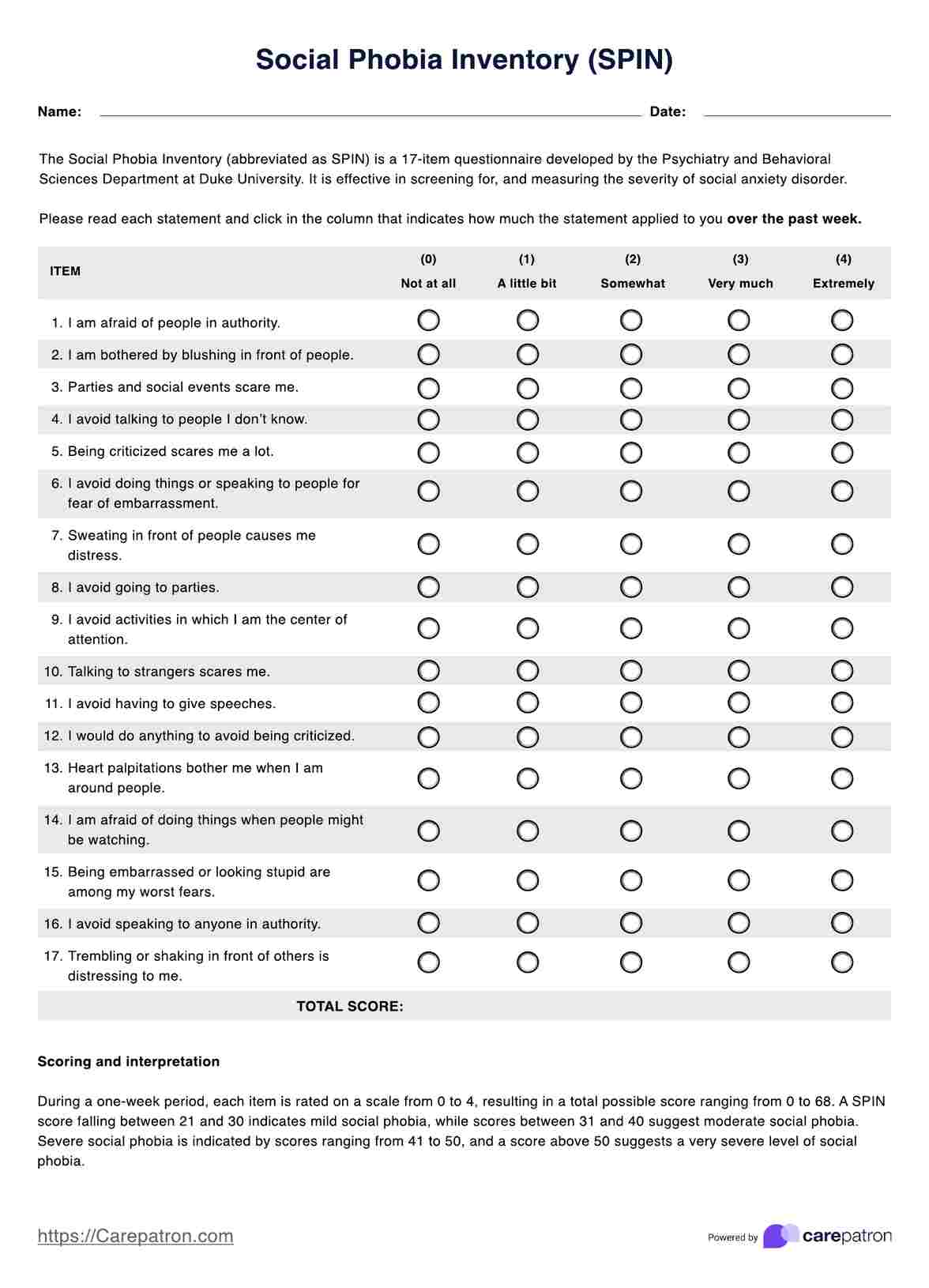
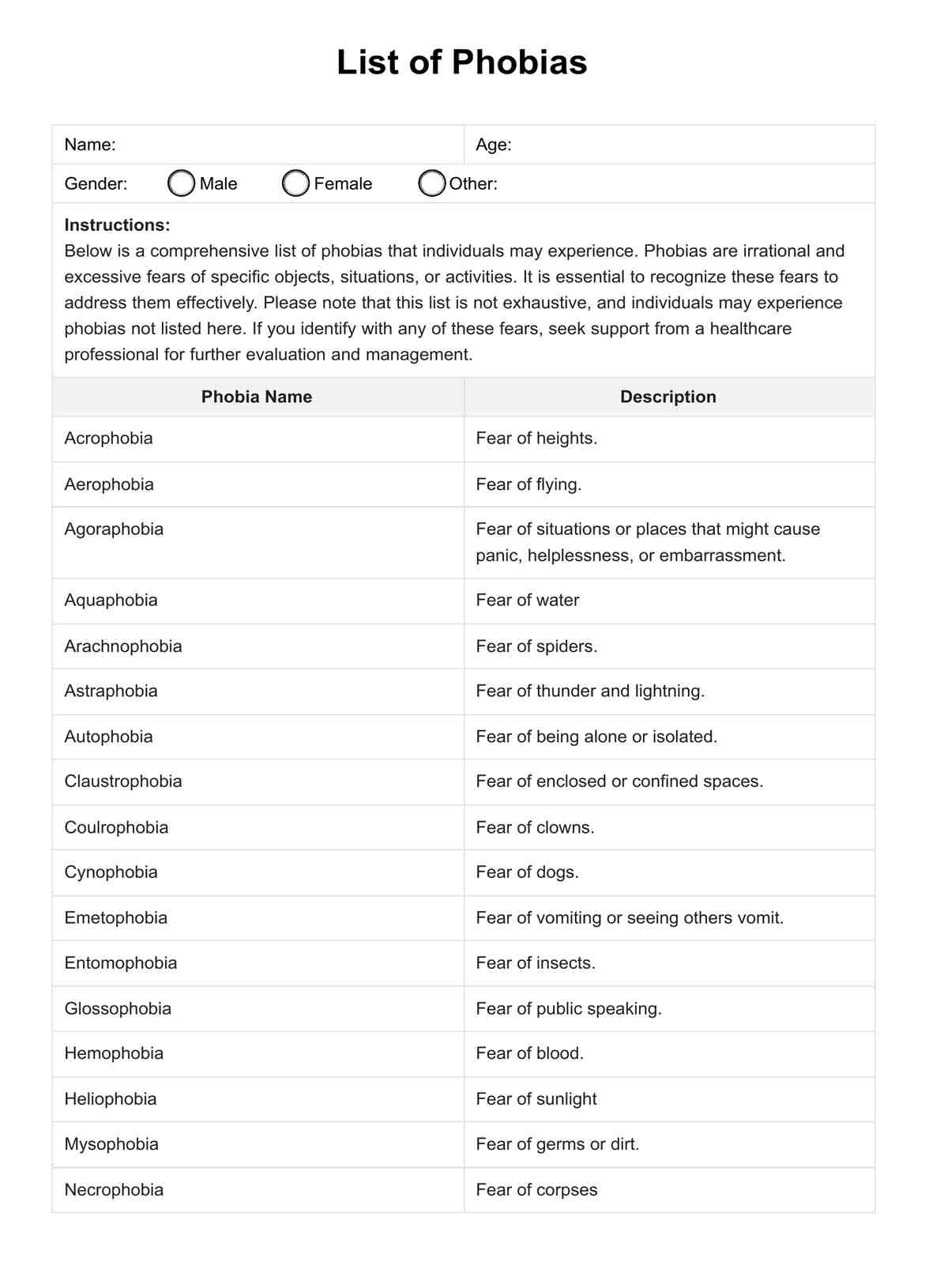

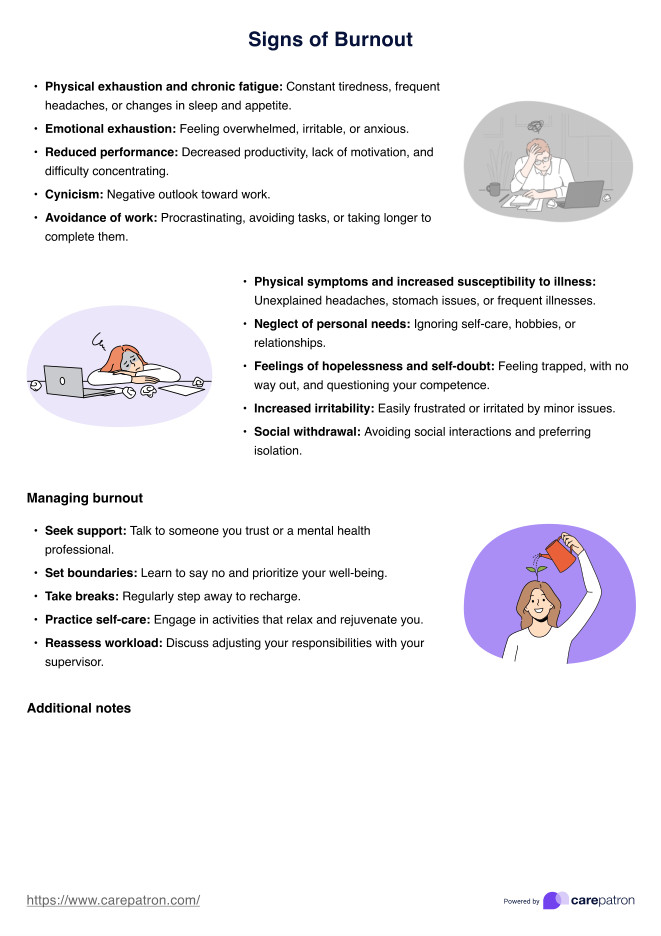
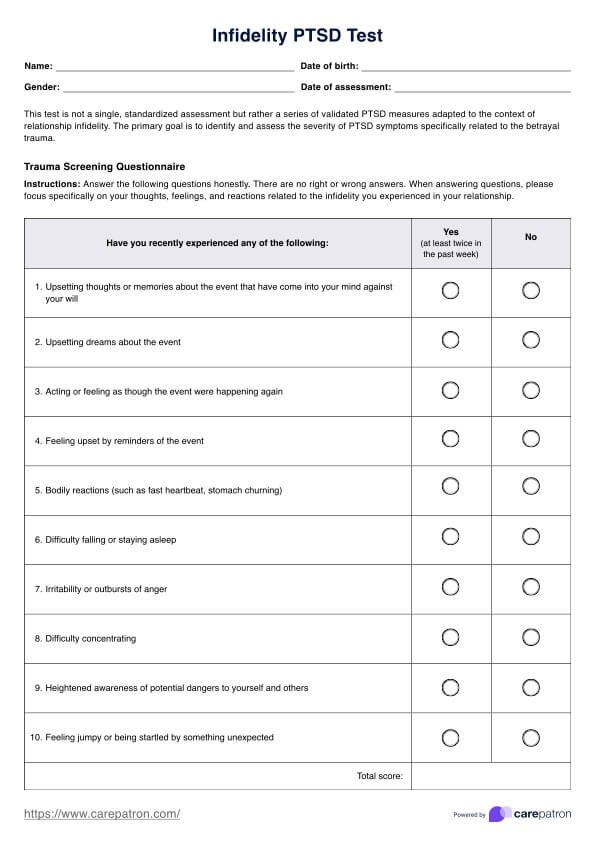









-template.jpg)










































































